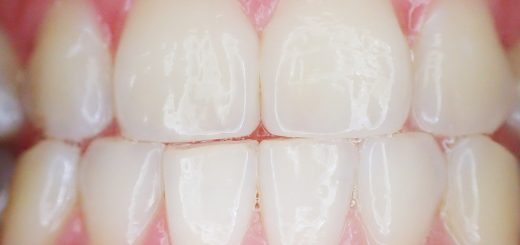How to Protect Yourself from Varicella Zoster Virus
Varicella zoster virus (VZV) is responsible for two distinct diseases that can affect people at different stages of life – chickenpox and shingles. While chickenpox is a common childhood infection, shingles is a reactivation of the dormant virus later in life. Both conditions can cause discomfort and inconvenience, but with proper understanding and preventive measures, you can minimize the risk and protect yourself and your loved ones from VZV.
Varicella Zoster Virus: Characteristics and Transmission
VZV mainly affects humans and belongs to the Herpesviridae or Herpes virus (DNA virus) family. It is also the cause of shingles, a condition that can develop years after the primary infection. The virus is highly contagious and primarily spreads through respiratory droplets and direct contact with the skin. The virus can quickly transfer when an infected person coughs, sneezes or touches another person.
Chickenpox – The Initial Encounter
Chickenpox, also known as varicella, is the result of primary VZV infection. It is a highly contagious condition, especially among children who have not been vaccinated. Typical symptoms of chickenpox include the appearance of pruritic pimples or vesicles, mild fever, headaches, and abdominal pain. The vesicles emerge in successive outbreaks and can cover the entire body. Although chickenpox is usually benign and resolves within a few days, complications may occur in rare cases, affecting the lungs and nerves.
Shingles – The Silent Intruder
After the primary infection, VZV retreats to the nerve ganglia along the spinal cord and remains dormant for years. Shingles, also known as herpes zoster, occurs when the virus is reactivated later in life. It is characterized by intense neuralgic pain and a localized eruption of vesicles along specific nerve pathways. Shingles can lead to complications such as ophthalmic involvement and facial paralysis. A weakened immune system, excessive stress, certain medications, toxic exposure, or underlying health conditions often trigger reactivation.
Prevention: Your Shield against VZV
Preventing VZV infection starts with understanding the modes of transmission and taking appropriate precautions:
Good Hygiene: Practicing good hygiene, such as regular handwashing and covering the mouth and nose when sneezing or coughing, can help minimize the spread of VZV.
Isolation: If someone in your household has chickenpox or shingles, isolate them from others, especially those who have not had chickenpox or been vaccinated.
Boosting Immunity: Maintaining a healthy lifestyle, including a balanced diet, regular exercise, and managing stress, can bolster your immune system and reduce the risk of VZV reactivation.
Vaccination: Vaccines are available for both chickenpox and shingles. Childhood vaccination can protect against primary VZV infection and reduce the risk of later shingles development. Adults over 50 are encouraged to get the shingles vaccine to prevent reactivation.
Seeking Medical Advice
If you suspect you or someone you know has contracted VZV, it is essential to seek medical advice promptly. A healthcare professional can confirm the diagnosis and provide appropriate treatment and management options. Early intervention can help alleviate symptoms and prevent complications.
Varicella Zoster Virus and Pregnancy

Pregnant women who have not had chickenpox or been vaccinated against VZV are at risk of contracting chickenpox during pregnancy, which can pose risks to both the mother and the baby. Suppose you are pregnant and have not had chickenpox or been vaccinated. In that case, it is crucial to avoid exposure to individuals with chickenpox or shingles and seek immediate medical attention if you suspect exposure.
In conclusion, understanding the varicella-zoster virus and its manifestations can empower you to take necessary precautions and protect yourself and your community from infections. By staying informed, promoting preventive measures, and seeking medical attention when needed, you can play a vital role in curbing the spread of VZV and ensuring a healthier future for all.



